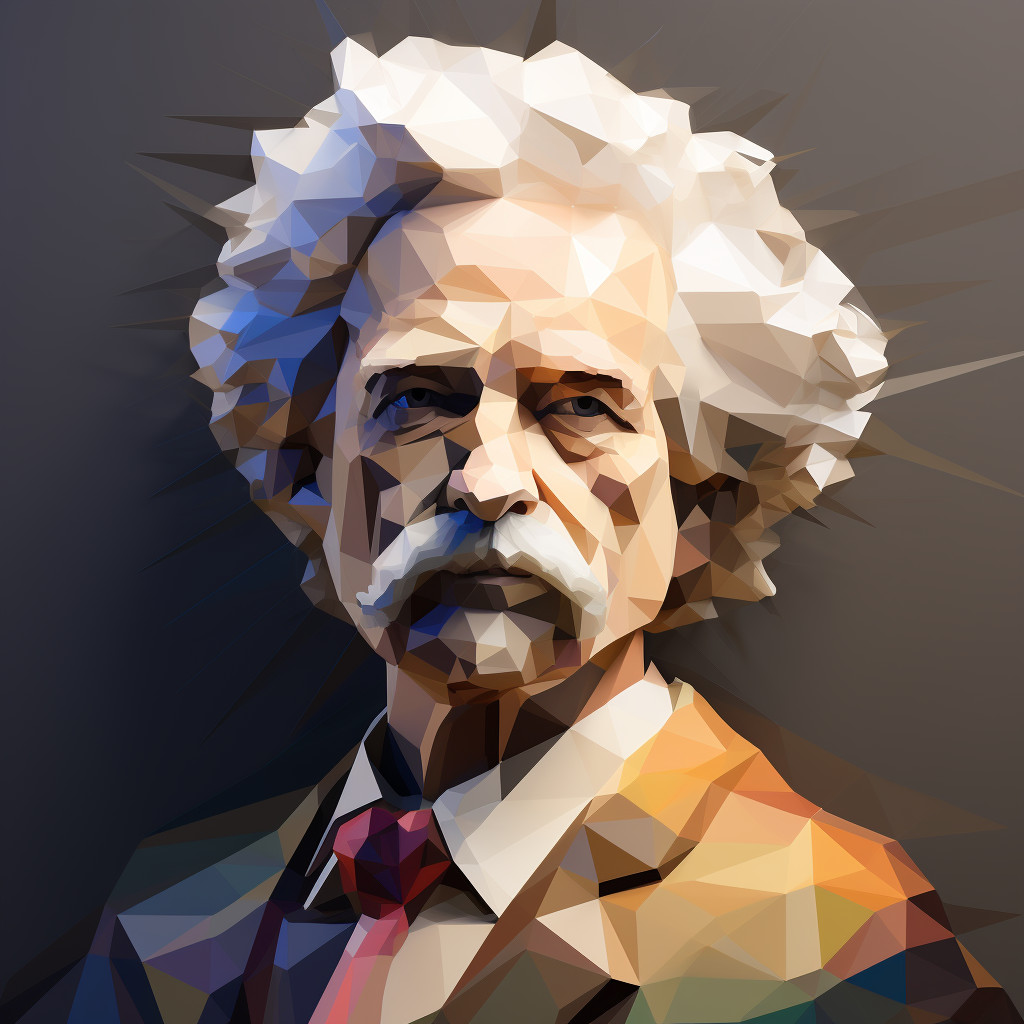This quote paints a vivid picture of the human condition and the cycle of life, using laughter and tears as metaphors for happiness and sorrow respectively. It starts with laughter, symbolizing the joy and innocence of childhood and youth. As we age, we encounter hardships and sorrows, represented by crying. The “feebler laugh” suggests the resilience and strength to find joy despite the sorrows, perhaps embodying the wisdom and acceptance gained in old age. Finally, “then die” is a blunt acknowledgment of the inevitable end of life.
The quote encapsulates the cyclical nature of life and emotions, suggesting that laughter and tears are intertwined, and one often follows the other. It also implies that joy and sorrow, youth and old age, strength and feebleness are all part of the human experience, and it’s the ability to navigate these ups and downs that defines our journey.
In today’s world, this quote could serve as a reminder to embrace all emotions and phases of life. It encourages resilience in the face of adversity and the ability to find joy, however feeble, amidst sorrow. It also underscores the importance of understanding and accepting the impermanence of life.
In terms of personal development, it could inspire individuals to cultivate emotional resilience and to value all experiences, both positive and negative. It suggests that the ability to laugh, to find joy, even after experiencing sorrow, is a sign of strength and growth. It also emphasizes the importance of living fully, of laughing and crying, knowing that life is transient.





